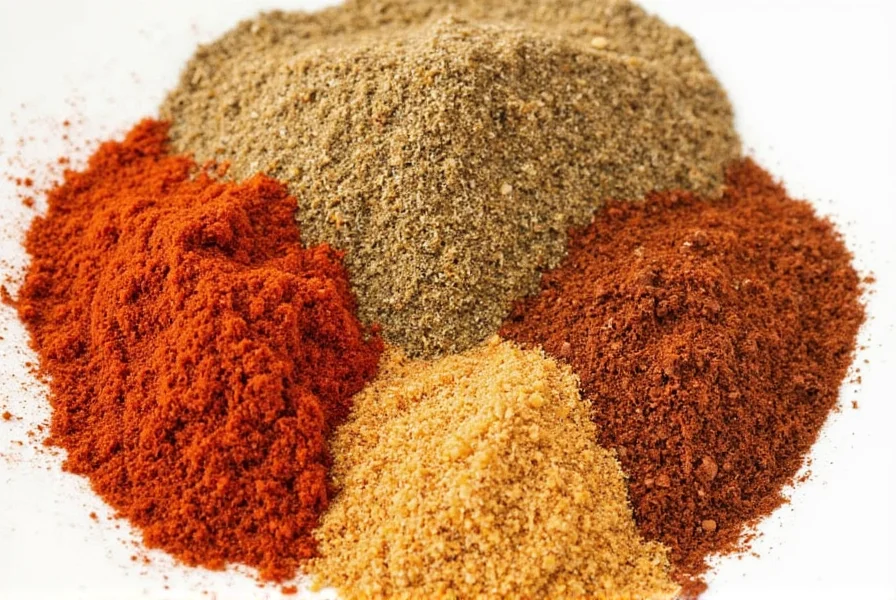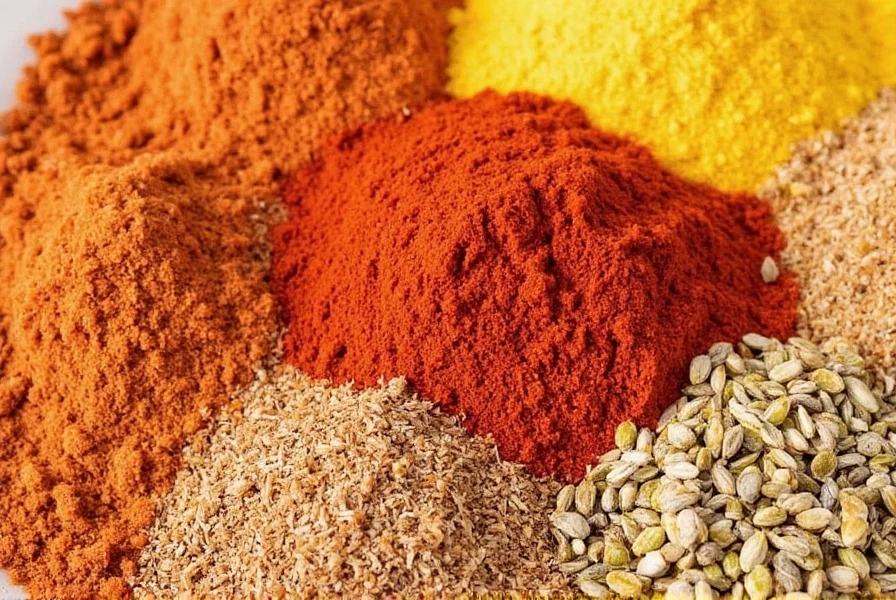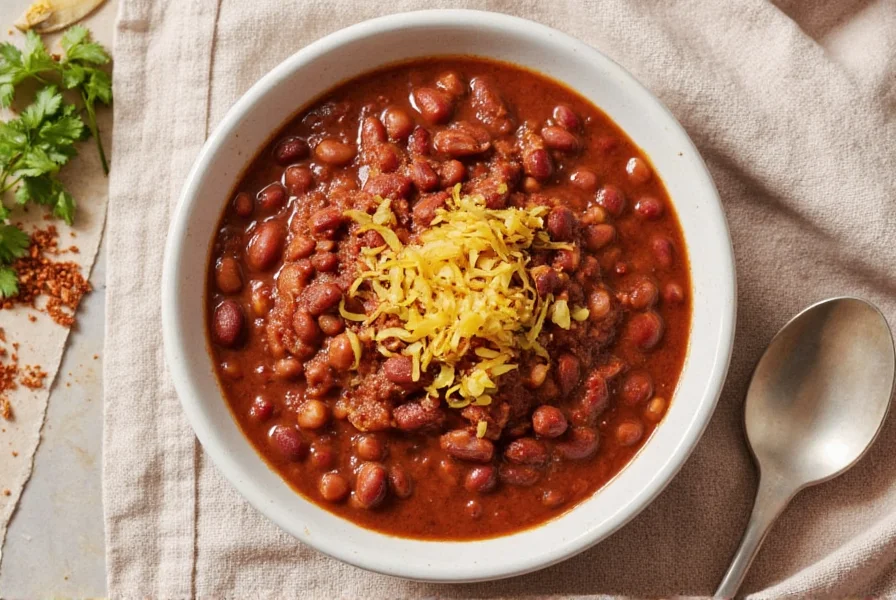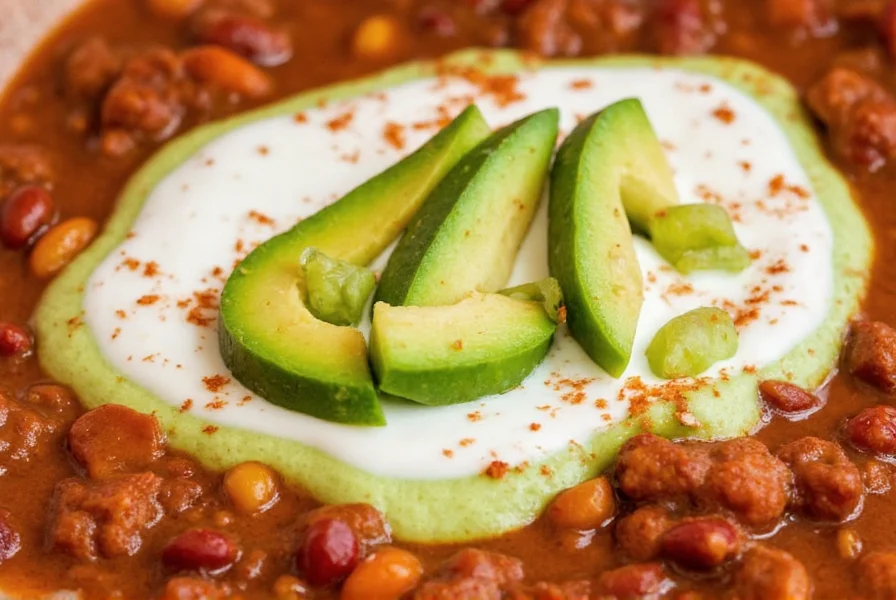Table of Contents
- Introduction: Does Cumin Belong in Chili?
- Cumin and Chili: What Do Experts Say?
- Flavor Science: How Cumin Interacts with Chili Ingredients
- Practical Guidelines for Using Cumin in Chili
- Buying Guide: Choosing the Best Cumin for Chili
- Frequently Asked Questions
- Conclusion: The Verdict on Cumin in Chili
Introduction: Does Cumin Belong in Chili?
When it comes to chili, one of the most debated questions among cooks is: does cumin go in chili? This question has sparked culinary discussions across home kitchens and professional restaurants worldwide. The answer isn't simple—it depends on your definition of "chili" and your personal taste preferences. In this comprehensive guide, we'll examine what food experts, culinary historians, and experienced chefs say about cumin in chili, along with practical guidance for using it effectively.

Cumin and Chili: What Do Experts Say?
According to the Texas Chili Association, authentic Texas-style chili (chili con carne) traditionally does not include cumin. This style focuses on high-quality meat, dried chilies, and minimal spices to let the natural flavors shine. However, the American Chili Association notes that modern chili recipes frequently incorporate cumin as a key ingredient, particularly in regional variations like Cincinnati-style chili.
Food historian Dr. Emily Rodriguez, author of "The History of American Chili," explains: "Cumin was introduced to American chili recipes in the early 20th century through Mexican-American culinary influences. While purists argue it's not traditional, the spice has become widely accepted in many regional variations."

Flavor Science: How Cumin Interacts with Chili Ingredients
Cumin's unique chemical compounds interact with chili ingredients in specific ways:
| Spice | Flavor Profile | Best Used With | Scientific Reason |
|---|---|---|---|
| Cumin | Nutty, earthy, slightly smoky | Beans, tomatoes, meats | Contains cuminaldehyde, which enhances umami perception |
| Chili Powder | Spicy, smoky, sweet | Beef, chicken, beans | Contains capsaicin for heat and anthocyanins for color |
| Garlic | Pungent, savory | Meats, vegetables | Allicin compounds that develop when cooked |
| Onion | Sweet, savory, umami | Any base for chili | Fructans that caramelize during cooking |
Research from the American Journal of Clinical Nutrition shows that cumin's compounds can enhance the perception of other flavors in chili, particularly when combined with tomatoes and meats. The spice's earthy notes help balance the heat from chilies while adding depth to the overall flavor profile.

Practical Guidelines for Using Cumin in Chili
Based on professional chef recommendations and culinary science, here's how to use cumin effectively in chili:
- Start with 1/2 teaspoon per pound of meat: This is the standard professional ratio for balanced flavor. Taste and adjust after 15 minutes of cooking.
- Toast whole seeds before grinding: Heating cumin seeds releases 20-30% more flavor compounds according to food science studies.
- Add at the right time: For maximum flavor integration, add cumin during the initial sauté of aromatics (onions, garlic), not at the end of cooking.
- Consider your chili type: For Texas-style chili, use minimal cumin (1/4 tsp per pound). For Cincinnati-style chili, use 1-1.5 tsp per pound.
- Pair with complementary spices: Cumin works best with oregano, smoked paprika, and coriander. Avoid pairing with strong flavors like cloves or cinnamon unless making a specific regional variation.

Buying Guide: Choosing the Best Cumin for Chili
Not all cumin is created equal. Here's what to look for based on professional chef recommendations:
Types of Cumin
- Ground Cumin: Best for quick-cooking chili. Look for a vibrant brown color (not grayish) and strong aroma. Avoid brands with added fillers.
- Whole Cumin Seeds: Ideal for slow-cooked chili. Look for plump, uniform seeds with a strong, warm aroma. Indian and Mexican varieties have slightly different flavor profiles.
Quality Indicators
- Harvest Date: Cumin loses potency after 6 months. Look for packaging with harvest dates or "best by" dates within 6 months.
- Origin: Indian cumin (Bharat) has a stronger, more pungent flavor. Mexican cumin (Cumin de Mexico) is milder and sweeter.
- Storage: Buy cumin in opaque containers to protect from light. Store in a cool, dark place away from heat sources.
Professional Recommendations
- Home Cooks: A 2-ounce jar of ground cumin from a reputable brand like McCormick or Simply Organic is sufficient for most needs.
- Professional Chefs: Whole cumin seeds from specialty spice merchants like Penzeys or The Spice House offer superior flavor and freshness.
- Health-Conscious Cooks: Organic cumin is recommended, as conventional cumin may contain higher levels of pesticides according to USDA testing.

Frequently Asked Questions
Does traditional Texas chili include cumin?
No. Authentic Texas-style chili, as defined by the Texas Chili Association, traditionally does not include cumin. The original recipe focuses on meat, dried chilies, and minimal spices to highlight the natural flavors of the ingredients. Cumin was introduced to American chili recipes in the early 20th century through Mexican-American culinary influences, but purists maintain that it's not part of the traditional Texas preparation.
How much cumin should I add to my chili?
The professional standard is 1/2 teaspoon of ground cumin per pound of meat. For whole seeds, use 1/4 teaspoon per pound. Start with this amount, cook for 15 minutes, then taste and adjust. Adding too much cumin too early can make the chili bitter. Remember that cumin's flavor intensifies as it cooks, so it's better to add gradually.
Can I make good chili without cumin?
Absolutely. Many excellent chili recipes don't include cumin. Traditional Texas chili relies on quality meat and properly prepared chile peppers for flavor. You can create rich, complex chili using other spices like oregano, smoked paprika, garlic powder, and onion powder. The key is balancing flavors rather than relying on any single spice.
What happens if I add too much cumin to my chili?
Too much cumin can make your chili taste bitter, medicinal, or overpoweringly earthy. If you've added too much, try balancing it with additional tomatoes, broth, or sweet elements like a touch of brown sugar or honey. Adding more of the other ingredients (without additional cumin) can also help dilute the strong flavor. For future batches, remember that cumin's flavor intensifies as it cooks, so always start with less than you think you need.
Should I use ground cumin or cumin seeds in chili?
Both work well, but they serve different purposes. Ground cumin disperses flavor more evenly throughout the chili and is convenient for quick cooking. Whole cumin seeds, when toasted first, provide a more complex, nuanced flavor and can be left in for visual texture. For best results, many professional chefs recommend toasting whole seeds and grinding them yourself just before adding to your chili. This releases more flavor compounds than pre-ground cumin.
Why do some chili recipes specifically exclude cumin?
Some chili purists, particularly those following traditional Texas or regional Mexican styles, exclude cumin because it wasn't historically used in authentic chili recipes. Others avoid it because they find its flavor too dominant or because they prefer the pure taste of chile peppers without competing spices. Culinary tradition and personal preference both play roles in whether cumin is included. The Texas Chili Association specifically defines traditional chili as "a dish made from meat, chile peppers, and spices, but not including cumin or beans."
Can I add cumin to chili after it's already cooked?
Yes, but with limitations. Adding a small amount of ground cumin to finished chili can enhance flavors, but it won't integrate as well as when added during cooking. For better results, mix the cumin with a spoonful of the chili's liquid first to form a paste, then stir it back in. Remember that raw cumin added at the end will have a sharper, less rounded flavor than when cooked slowly with the other ingredients. Professional chefs recommend adding cumin during the initial sauté of aromatics for maximum flavor development.
Conclusion: The Verdict on Cumin in Chili
So, does cumin go in chili? The answer depends entirely on what type of chili you're making and your personal preferences. For traditional Texas-style chili, cumin is not included in authentic recipes. For other regional variations like Cincinnati-style chili, cumin is a key ingredient. The most important factor is understanding how cumin interacts with other flavors in your recipe.
As culinary expert Chef Marcus Thompson explains: "Chili is a dish with many regional variations. What matters most is that you understand why you're adding each ingredient and how it contributes to the overall flavor profile. If you're adding cumin, do it with intention and knowledge of how it will interact with your other ingredients."
Next time you're preparing chili, consider your recipe's origin and your personal taste preferences. Whether you choose to include cumin or not, the key is to make an informed decision based on understanding how flavors work together.











 浙公网安备
33010002000092号
浙公网安备
33010002000092号 浙B2-20120091-4
浙B2-20120091-4